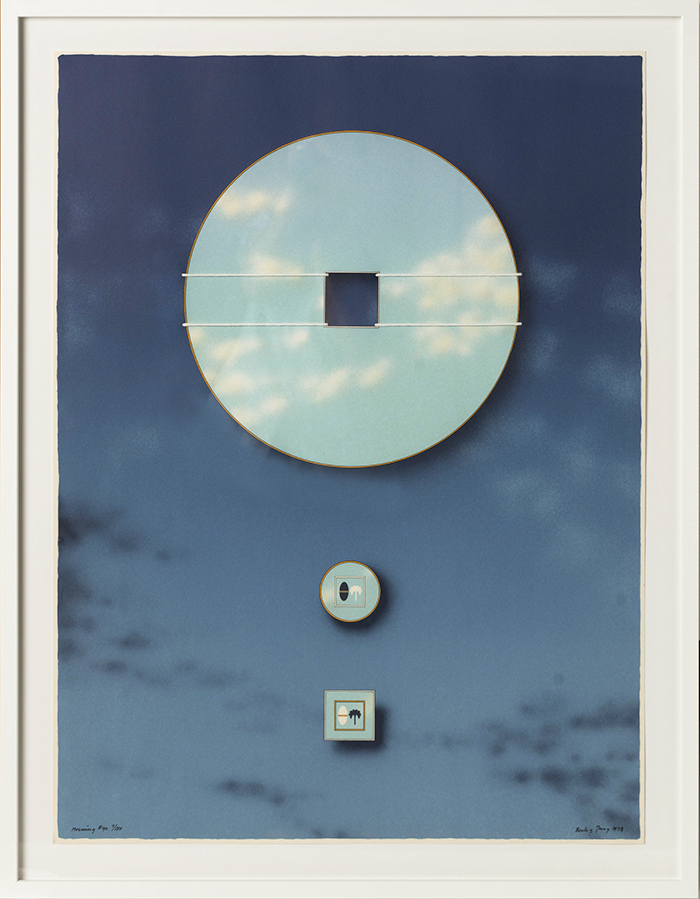One of the most popular requests we get at our Englewood frame shop is for float mounting art inside of a frame. What is a float mount? Float mounting in custom framing is when the art is mounted on top of a mat rather than behind a window cut into the mat board. The results allow for the entirety of the art to be visible. There is then the option of a direct float on the mat or a raised/pedestal float mount. The raised float treats the art more like a 3 dimensional object and creates a drop shadow on the mat.
Collectors and artists like the look of floating art for a variety of reasons. A float mount has a contemporary look and can reveal more of the art than a traditional mat cut. Occasionally, a signature or the art itself extends to the edge of the paper and floating is the only way to prevent it from being covered. As more printers and artists use watercolor paper with a deckled edge, it’s a great option to be able to see the edges.
Float mounts can be tricky and if not done correctly they can fail and the art will fall inside the frame and possibly be damaged. Or, the art can be damaged by harsh adhesives or tapes and can be difficult to remove.
There are numerous ways to go about float mounting a piece of art. Zach had the pleasure of taking a mounting class from Hugh Phibbs, the former Coordinator of Preservation Services at the National Gallery of Art, and has used his techniques since.

